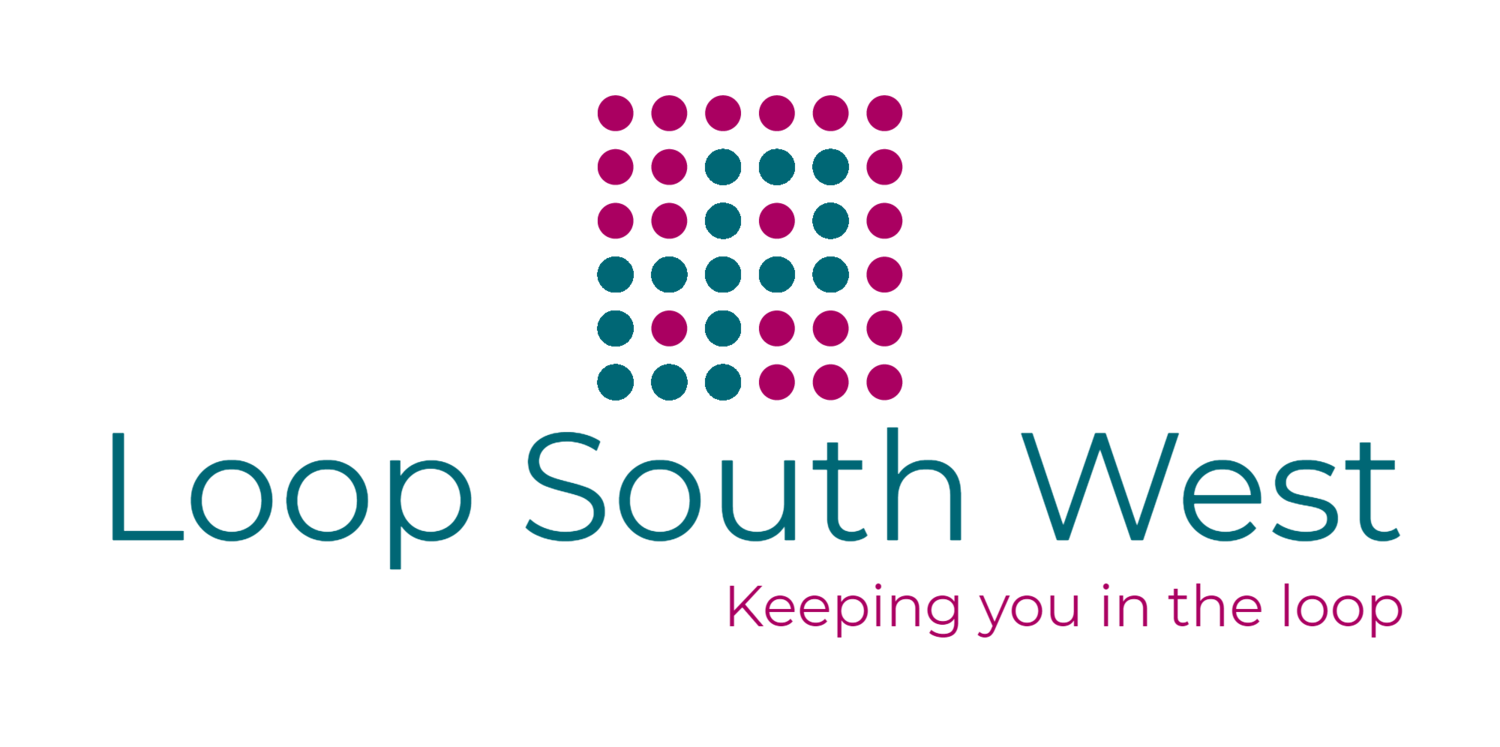Pension health check – A stitch in time
by Tim Blowers, financial planner at Smith & Williamson Financial Services in Bristol
Keeping track of pensions can be difficult - and knowing how much you are being charged and whether you should keep them is even harder.
The Government has been looking at a number of proposals, including a one-page annual statement and an online “pensions dashboard”. Both represent great aspirations but more development, both technologically and from pension providers, is still needed. With the average person having 11 jobs in their working life, looking at a number of old pensions can be quite a task.
Then there’s the jargon that can be confusing. Be sure to watch out for scams and if you are 50 or over, the Pension Wise service can provide guidance on a free and impartial basis. For some people getting professional advice can offer peace of mind and/or be a time saver when they are busy enough already, but what things should you consider?
Quite often a recent workplace pension will be a low-cost option or maybe you have benefits in a defined benefit or final salary pension scheme. For these schemes you will generally receive a statement that won’t include details of any investments. The paperwork will mention terms such as a pension of £10,000 per annum (as at date of leaving or at the “normal retirement age”).
For example, the figures will generally be in terms of an annual pension amount that you would receive at a specified age (typically 65 or state pension age) and it will be the pension scheme that will have responsibility for funding this. Generally, it’s considered better to keep a defined benefit pension, rather than transfer elsewhere, particularly if your retirement is a long way off as these provide a secure source of income. It is a very personalised, complex area to consider with factors such as health, family situation and other finances, all impacting.
A defined contribution or money purchase pension will have some investments. You can hold cash but generally if you’ve got more than five years before you plan to retire or are likely to take something out, you should consider some element of investing. Statements will generally show a value of the pension, such as £30,000, which could change daily. You may be given details on the funds or investments within the pension. You are responsible for the investments and the value at the end will determine how much you could get as income. In the next few sections I have outlined some considerations when thinking about keeping or transferring a defined contribution pension.
Older pensions may include protected or unique benefits that are no longer available (particularly in a pension started prior to 2006). You might lose these if you were to transfer, which could be a costly mistake. It’s also important to check if there are any penalties or early charges if you transfer. If the pension has an investment into a with-profits fund there might be a market value adjustment applied, which would reduce the amount transferred to a new pension. You might also lose other bonuses by transferring so this should be checked.
Most workplace pensions will charge as a percentage of the pension value. For example, 0.75 per cent per annum, which on a £300,000 pension would cost you £2,250 for the year. There can be different layers to this, one pension may have an all-in fee but others may charge an administration fee, then a fund fee and potentially additional fees. Some might apply fees in £ figures, rather than a percentage. This can be much more expensive on a lower pension but really cost effective on a higher pension value. A fee of £375 a year on a £300,000 pension is equivalent to 0.125 per cent a year but on a £30,000 pension is equivalent to 1.25 per cent a year.
It’s also worth exploring what options you have for the investments. It may offer a narrow range of insured investment funds. Older plans that invest on a traditional with profit basis may offer no other fund options. Some plans will allow you to buy direct shares in companies (potentially with additional charges) or it may be funds only. The number of funds available can vary from just a few to potentially thousands of options.
There is also variance in the options when you do look to retire and how you withdraw money. Pension freedom options (flexi-access drawdown or uncrystallised funds pension lump sum) were introduced by the Government in April 2015, but not all pension plans allow the flexible options. You may be restricted to using the money all in one go rather than taking it in stages.
In most cases, getting information and transferring can be done yourself. However, it can be a challenge to:
Find out where to send letters or who to phone
Get the right information
Chase up for responses
Understand the various tax-free cash rights, pension income and investment guarantees and transfer charges
Obtain the right paperwork if you want to transfer
Get updates on how a transfer is progressing
The government has set up a service that might help with finding the right contact details for your old pensions - https://www.findpensioncontacts.service.gov.uk/. However, having the experience of dealing with pension providers on a regular basis means we can help out with getting the information for you and knowing the potential pitfalls.
We can analyse your pensions, helping you to understand in plain English which pensions you should be keeping or if there’s a better alternative. This can be used towards deciding when to stop or reduce working and how to get there and meet your retirement goals.
A pension health check now will help you make the most of what you already have and determine what you need to do to meet your retirement goals. Action taken sooner, rather than later, will be less onerous.






